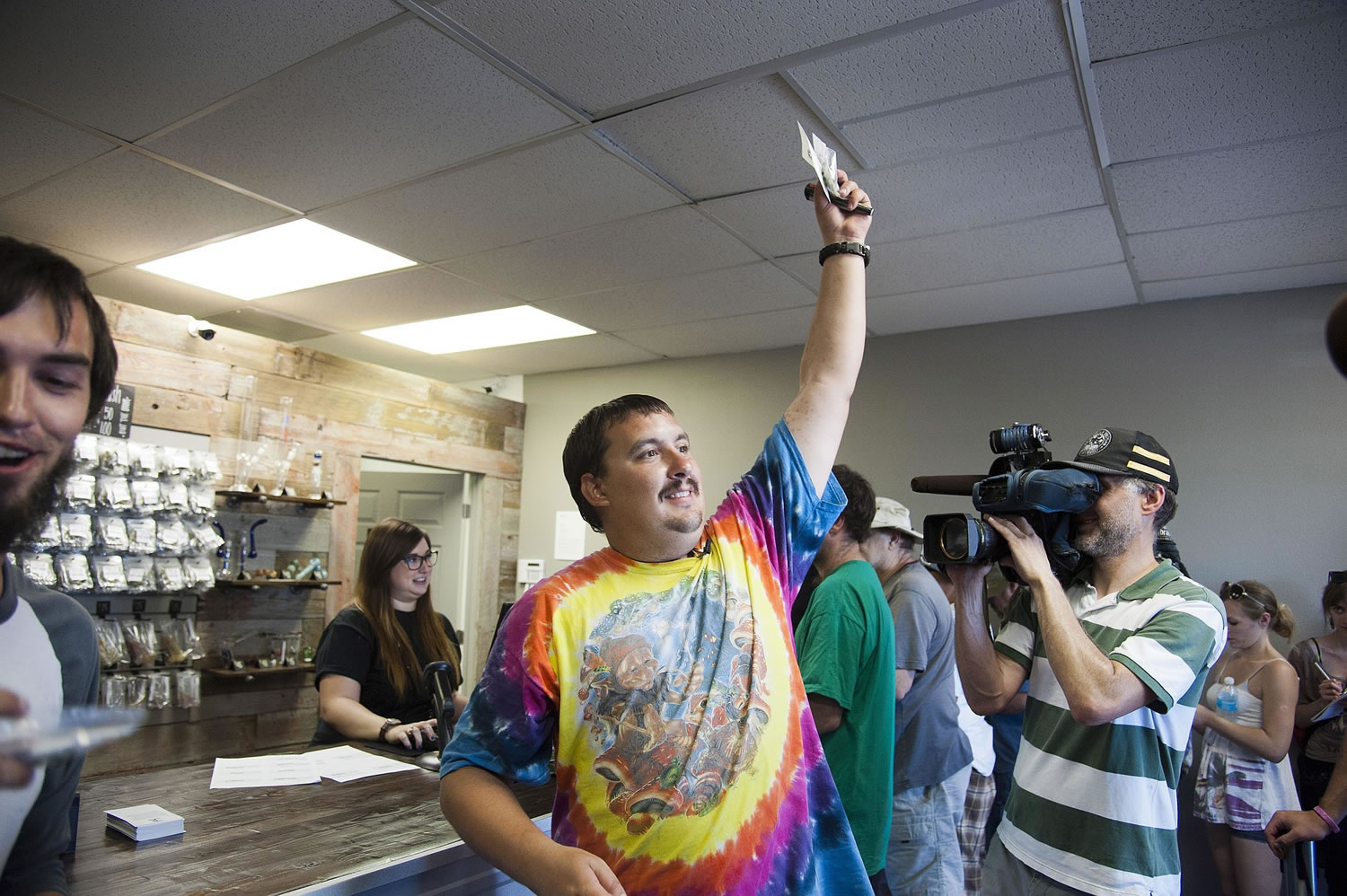That’s not to say one couldn’t occur. A Spokane shop called Greenlight made headlines this month when it was robbed by two people armed with guns, handcuffs and plastic ties. They bound two employees and a customer before leaving with cash and marijuana. Six months earlier, a different Spokane pot shop, Green Leaf, was robbed. Recreational pot shops in the Puget Sound area also were robbed this year.
Vancouver stores haven’t been associated with any crimes that wouldn’t already occur, Kapp said. An auto prowl, for instance, can happen anywhere there are cars and opportunities for prowlers, not necessarily because a certain type of business is nearby.
That doesn’t mean the shops aren’t potentially situated within crime hot spots, because there are many spots throughout the city that police monitor and patrol, Kapp said. The who, what, when, where, why and how of crime is always changing. Officials are hesitant to say what leads to crime, given its ebb and flow, making it difficult to discern whether legalizing pot affected public safety.
Marijuana-related crimes, such as possession and selling of drug paraphernalia, have dropped off, which makes sense given it’s now legal to have pot and a pipe. In general, crime has gone down around Clark County, though it increased about 1 percent for the whole state last year, according to the Washington Association of Sheriffs and Police Chiefs. Drug violations accounted for nearly 13,700 crimes reported statewide last year — an uptick from 2013’s almost 13,000 violations.




